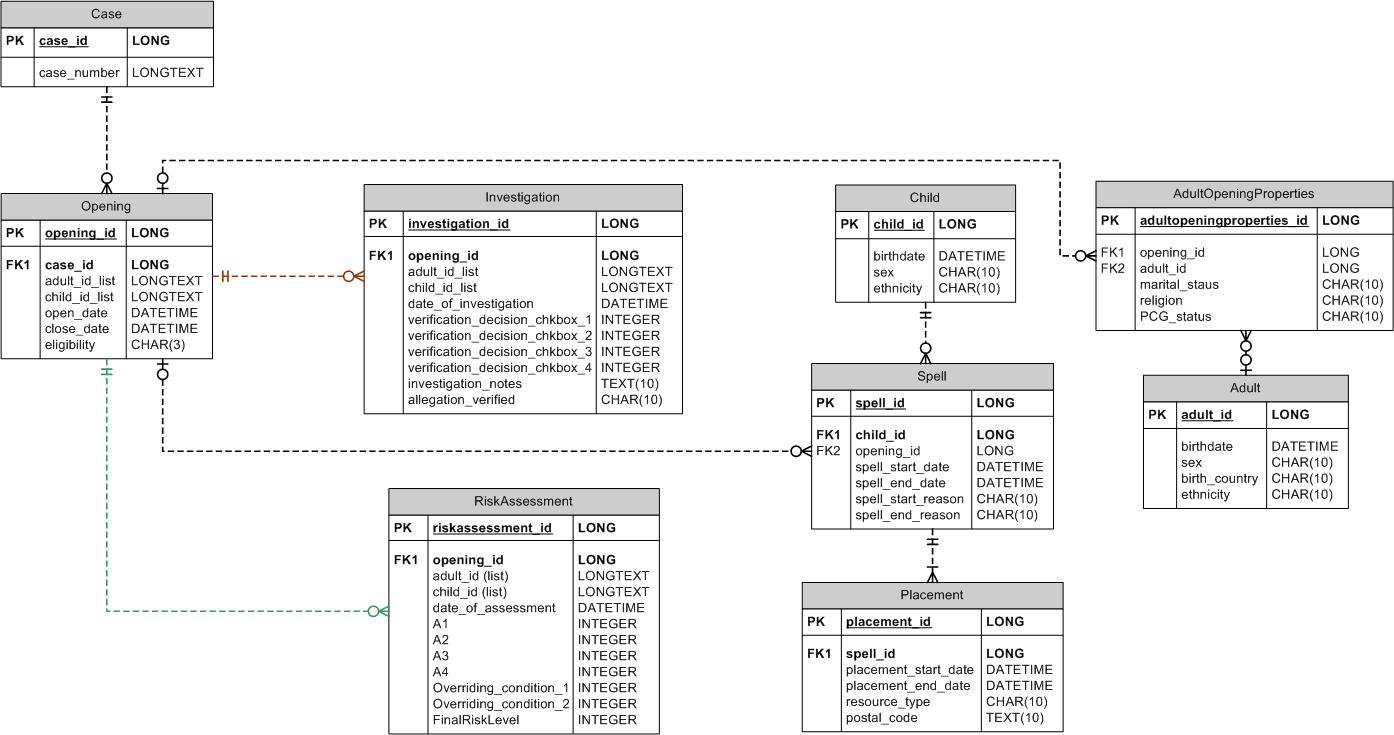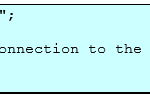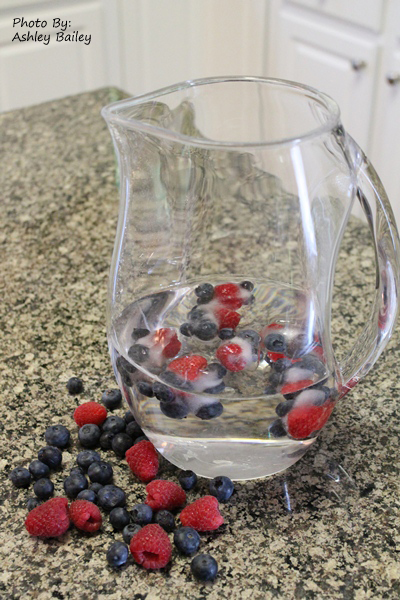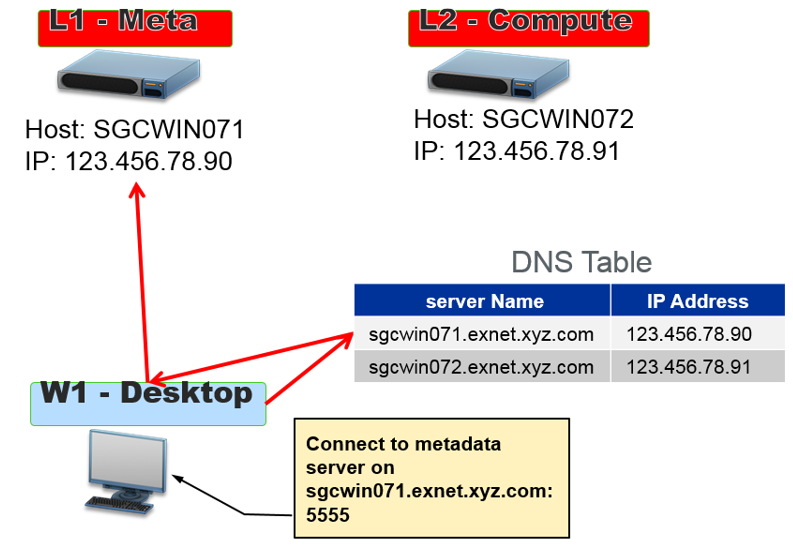All Posts

Unverändert finden im Umfeld der Marken, Medien und Märkte die vielleicht größten Wandlungsprozesse statt, mit denen vor allem konsumentenorientierte Unternehmen konfrontiert sind. Big-Data-Herausforderungen, die neue Customer Journey sowie die Auflösung der klassischen Trennung von Massenmedien und Dialogkommunikation werfen zwangsläufig die Frage auf, welche Infrastruktur die Marketingorganisation heute braucht. Folgerichtig bildet

In Klammergriff von gesättigten Märkten, Dauerniedrigzins und Überregulierung hätten Banker viele Gründe zur Klage. Wo noch Geld verdienen? Wie dem Wettbewerb die Stirn bieten, wenn hochqualifizierte Mitarbeiter sich nur noch mit Regulierungsanforderungen beschäftigen? Wie noch die komplizierten Kunden von heute erreichen? Trotzdem wird auf dem SAS Forum 2013 nicht lamentiert.

This question comes up often when we’re working with SAS customers to configure their underlying storage arrays: “When is solid-state storage appropriate for SAS applications?” Solid-state drives, or SSDs, are the latest and greatest thing in storage today because they boast extremely fast performance. In this post, I’ll outline how
Recently a user chimed in on the SAS Communities page, requesting a way to add some observation level annotation to a box plot. Wendy was delighted to see a graph created by the UNIVARIATE procedure called "Schematic Plot". In this graph, the box plot of the analysis variable is shown with

Every programmer may dread the thought of a colleague peeking over his or her shoulder, double-checking code, but SAS Global Forum paper winner David Scocca has offered his tips for making code reviews a painless process. His paper, Communicating Standards: A Code Review Experience, is a must-read. Here’s a peek

How do you count the number of unique rows in a matrix? The simplest algorithm is to sort the data and then iterate down the rows, comparing each row with the previous row. However, this algorithm has two shortcomings: it physically sorts the data (which means that the original locations

If you routinely import data from external sources, chances are you’ve learned the value in having a systematic import process. In this post, I will begin sharing my approach of using metadata tables to guide the importing of data.

Based on my previous posts, we are almost done with the basics of SAS libraries and how the various clients can access them. Before we leave this topic and go onto third-party database engines, I wanted to spend a few minutes talking about some best practices for making sure that
A Bar Line graph is commonly used in many domains. The SGPLOT procedure makes it easy to create bar line graphs where the user can customize it in many different ways. This post is prompted by a recent question on the communities page on creating such a graph, with one bar and

Aus ihren Daten wirklich Nutzen zu ziehen, können viele Unternehmen. Das Finden von Mustern mit Data Mining gibt es seit Jahrzehnten, eine ähnliche Historie weisen Forecasting oder Predictive Analytics auf. Je nach Datenart und Anforderung gibt es hier schon sehr lange valide, reliable und vor allem alltags- sowie business-relevante Methoden

Most of us can probably recite the age-old recommendation to "drink eight 8-ounce cups of water every day" in our sleep. However, how many of us actually do it? We are often quick to replace our water bottles with sugar-sweetened beverages, coffee, or tea while telling ourselves, "it’s mostly water,

Everyone may find bad dates in their data set from time to time, but it’s often difficult to tell if they’re mere annoyances or indicative of a larger problem. Luckily, Lucheng Shao has come to the rescue in his SAS Global Forum winning paper, Don’t Let a Bad Date Ruin

Imagine a business offering a multitude of products and services that seemingly have little relationship to one another, and all are supported by different data systems. This is the plight of local governments. The products and services produced and managed by local governments range from utilities, solid waste and recycling to parks

This week's SAS tip is from Art Carpenter and his latest book Carpenter's Guide to Innovative SAS Techniques. Art is a talented SAS user and prolific author--and was just recognized in the SAS Circle of Excellence for 30 years of using SAS software. After taking a look at this week's book

Like most SAS users and administrators, you usually don't know where your backend SAS servers are located--probably in some basement server farm or perhaps another building or even another town. But I'm sure you do know that your SAS client application must have a way to reach services running on












